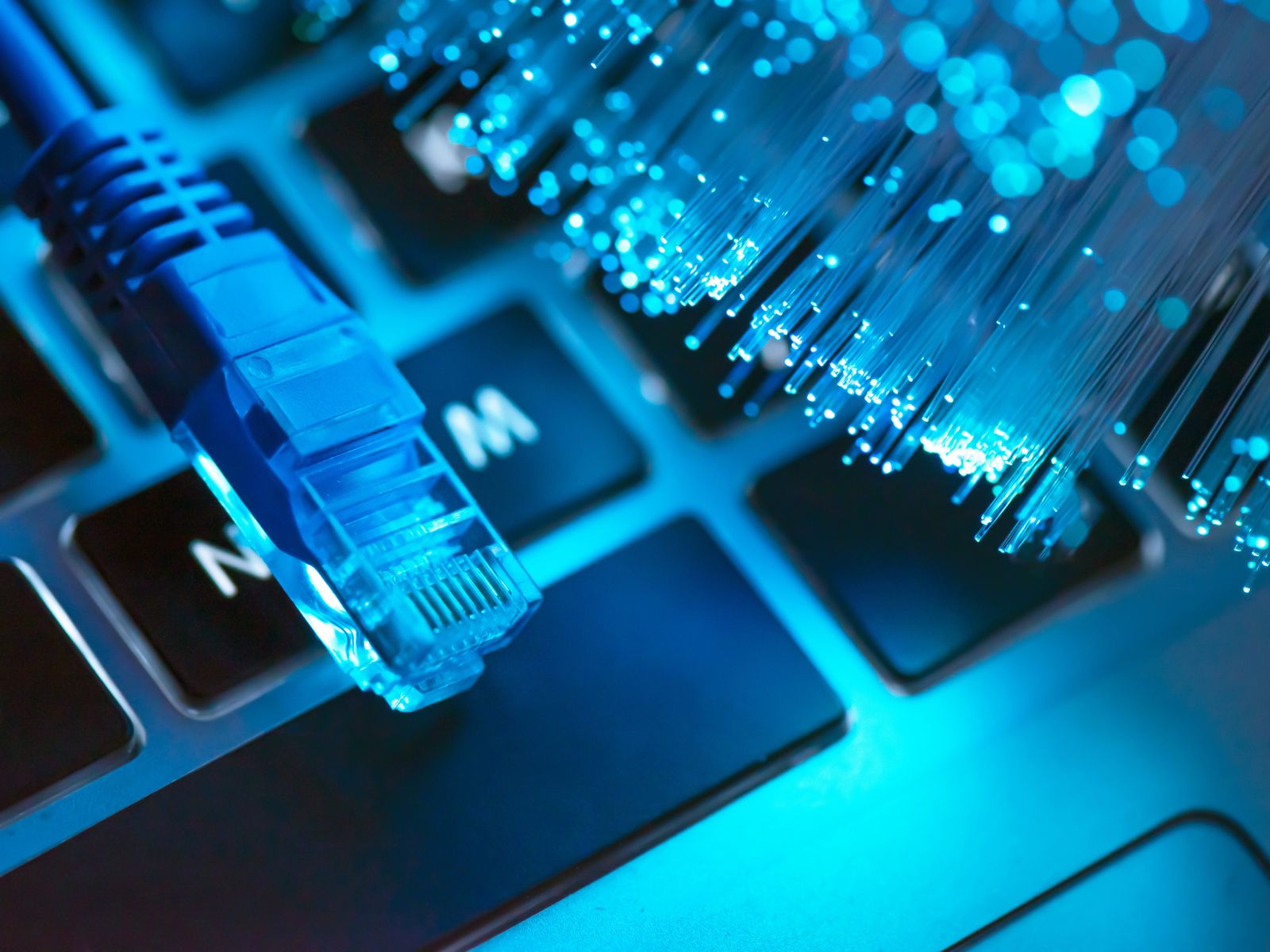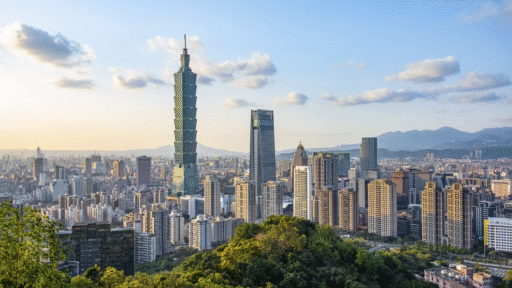7 February, 2024
Connecting Fiji: The opportunity for growth and prosperity from subsea internet investment


The widespread adoption of digital technologies, such as Artificial Intelligence, will require investments in digital infrastructure to ensure connectivity and resilience. Collaborations encompassing local governments, private sector actors, telecom carriers, and/or digital firms have often worked to expand digital infrastructure. One successful example is the South Pacific Connect Initiative, which establishes two new transpacific subsea cables to help increase the reliability and resilience of digital connectivity in the Pacific. The Tabua Cable will connect the United States, Australia, and Fiji, while a second subsea cable, the “Honomoana cable,” will link the United States to French Polynesia and onward to Australia.[1]
This initiative aims to enhance reliability, add capacity, and reduce latency for users in the Pacific and globally, whilst strengthening and diversifying the Fijian economy. The improved network infrastructure is also expected to support various emerging technologies, such as Artificial Intelligence, 5G, Internet of Things, and Quantum Computing, helping to drive progress in areas such as education, healthcare, manufacturing, and combating climate change.[2]
Our study found that improved digital connectivity holds great potential in driving higher economic output and supporting employment. Higher internet usage due to the new cable infrastructure will contribute USD 295 million to Fiji’s GDP between 2024 and 2030, and support the creation of close to 3,600 jobs in 2030 alone.
Beyond these effects, our study also found that the improvements in connectivity brought about from better network infrastructure can enable new economic opportunities for Fiji, as well as support Fiji’s social policy objectives. These include supporting the development of the Business Process Outsourcing (BPO) sector, enhancing healthcare quality and access, and improving disaster management.
To uncover more insights, download the report in full.
[1] Google (2023), “Connecting the South Pacific with new subsea cables”. Available at: https://cloud.google.com/blog/products/infrastructure/honomoana-and-tabua-subsea-cables-connect-south-pacific
[2] Submarine Cable Networks (2023), “Fiji PM Announces Partnership with Google to Establish a Major Subsea Cable”. Available at: https://www.submarinenetworks.com/en/systems/trans-pacific/tabua/fiji-pm-announces-partnership-with-google-to-establish-a-major-subsea-cable


Authors









